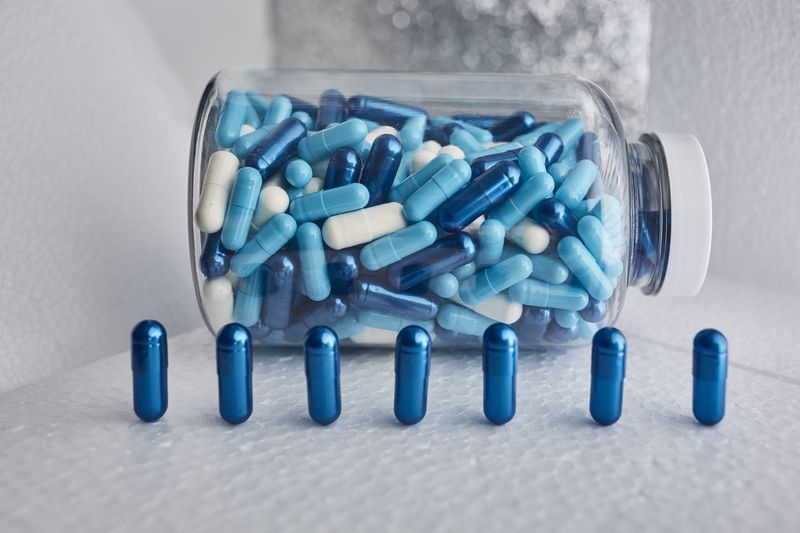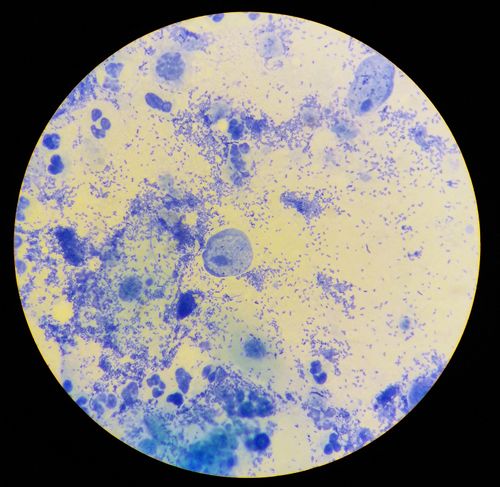Methylene Blue: A Versatile Compound with Surprising Medical Applications

Introduction:
In the vast world of pharmaceuticals, there are compounds that hold hidden potential, waiting to be unlocked and explored. Methylene Blue is one such compound, known for its diverse range of applications beyond its original use as a dye. From its role in medical diagnostics to its emerging therapeutic properties, Methylene Blue continues to intrigue researchers and clinicians alike. Join us as we delve into the fascinating world of Methylene Blue and uncover its surprising medical applications.
A Historical Perspective:
Methylene Blue has a rich history dating back to the late 19th century when it was first synthesized by German chemist Heinrich Caro. Initially developed as a textile dye, its medical applications were discovered soon after. Over the years, Methylene Blue has found its way into various fields of medicine, thanks to its unique properties and versatility.

Methylene Blue in Medical Diagnostics:
One of the earliest medical applications of Methylene Blue is in diagnostics. Its ability to stain tissues makes it invaluable in histology and pathology, aiding in the visualization of cellular structures under the microscope. In addition, Methylene Blue is used in a variety of laboratory tests, including the detection of bacteria and parasites in biological samples.
Treatment of Methemoglobinemia:
Methylene Blue's most well-established medical use is in the treatment of methemoglobinemia, a condition characterized by elevated levels of methemoglobin in the blood. Methemoglobin prevents the normal transport of oxygen, leading to symptoms of hypoxia. Methylene Blue acts as a reducing agent, converting methemoglobin back to hemoglobin and restoring oxygen-carrying capacity.

Emerging Therapeutic Potential:
In recent years, researchers have begun to explore Methylene Blue's potential as a therapeutic agent in various medical conditions. Studies have suggested that Methylene Blue may have neuroprotective properties, making it a candidate for the treatment of neurodegenerative diseases such as Alzheimer's and Parkinson's. Additionally, its antimicrobial properties have led to investigations into its use as an adjunctive therapy for infections, including multidrug-resistant bacteria.
Antioxidant and Anti-inflammatory Effects:
Methylene Blue's antioxidant and anti-inflammatory properties have also garnered attention in the medical community. These properties may help mitigate oxidative stress and inflammation, which are implicated in a wide range of diseases, including cardiovascular disorders and autoimmune conditions. By targeting these underlying mechanisms, Methylene Blue could potentially offer therapeutic benefits in diverse medical settings.
Conclusion:
Methylene Blue's journey from a humble textile dye to a versatile compound with surprising medical applications is a testament to the power of scientific discovery and innovation. As researchers continue to uncover its therapeutic potential, Methylene Blue holds promise as a valuable tool in the fight against disease and illness. From diagnostics to treatment, its versatility and efficacy make it a compound worth exploring further in the quest for better healthcare outcomes.
